OUR
IMPACT
Your support transforms our passion into global impact.
A Global Crisis
Requires Global Solutions
4ocean Foundation was established as a separate entity from the 4ocean Public Benefit Corporation (PBC), our for-profit counterpart. This strategic move was made to expand our impact on ocean conservation by accessing diverse streams of capital and philanthropy.
How We Work

Onshore
Cleanups
daily teams remove debris from beaches, coastlines, and riverbanks, targeting high-impact zones and storm debris fields
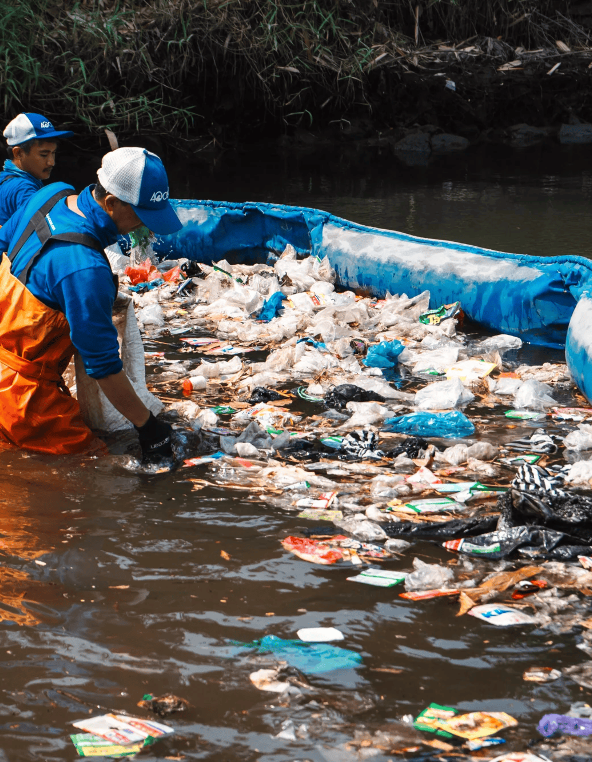
River
Interception
installed booms and manual skimming capture plastic before it reaches the ocean
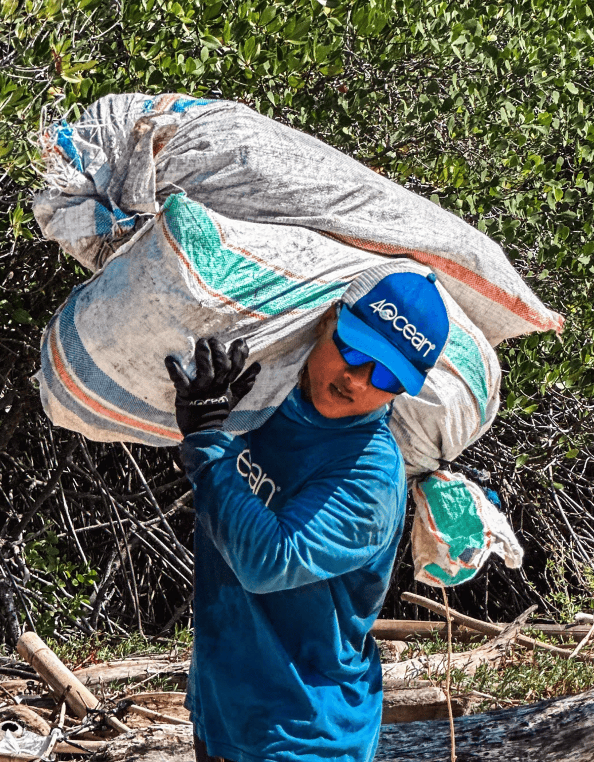
Nearshore
Recovery
small craft and crews collect debris in bays, estuaries, and mangrove channels
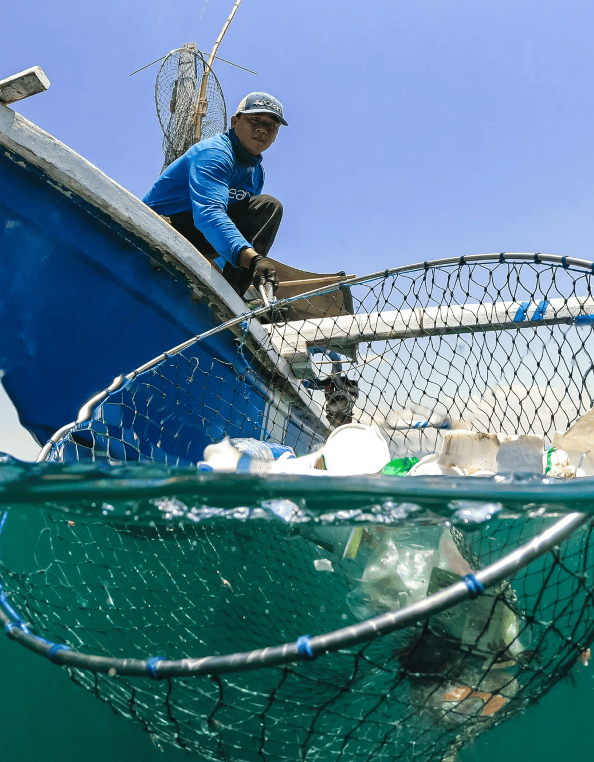
Offshore rapid
Response
seasonal operations deploy larger vessels to intercept debris lines during peak inflows in the rainy season
Impact By The Numbers
Donors have empowered 4ocean Foundation to expand ocean clean up impact in the following transformative ways:
Increasing Crew Engagement For Open Ocean Recovery
by 40%
Conducting Approximately 800+ Cleanups Per Month

Increasing Open Ocean Cleanup Vessel Size and Productivity By 500%
The Foundation alone has removed the following from our ocean, rivers, and coastlines:
Together with 4ocean Public Benefit and Certified B-Corporation, we've removed 42,000,000+ pounds to date.
The Infrastructure That Powers Our Impact
-
Year-Round Operations
That scale during the rainy season when plastic inflows surge
-
Ethical Local Partnerships
That create durable impact while supporting coastal communities
-
Data-Driven Deployment
Using hot-spot mapping, tide and rainfall patterns, and post-storm assessments
-
Full Traceability
From collection through sorting and verified end-of-life pathways
Bali Operations Spotlight
Bali is our flagship rapid response hub where we operate from three locations that work together as a single system.

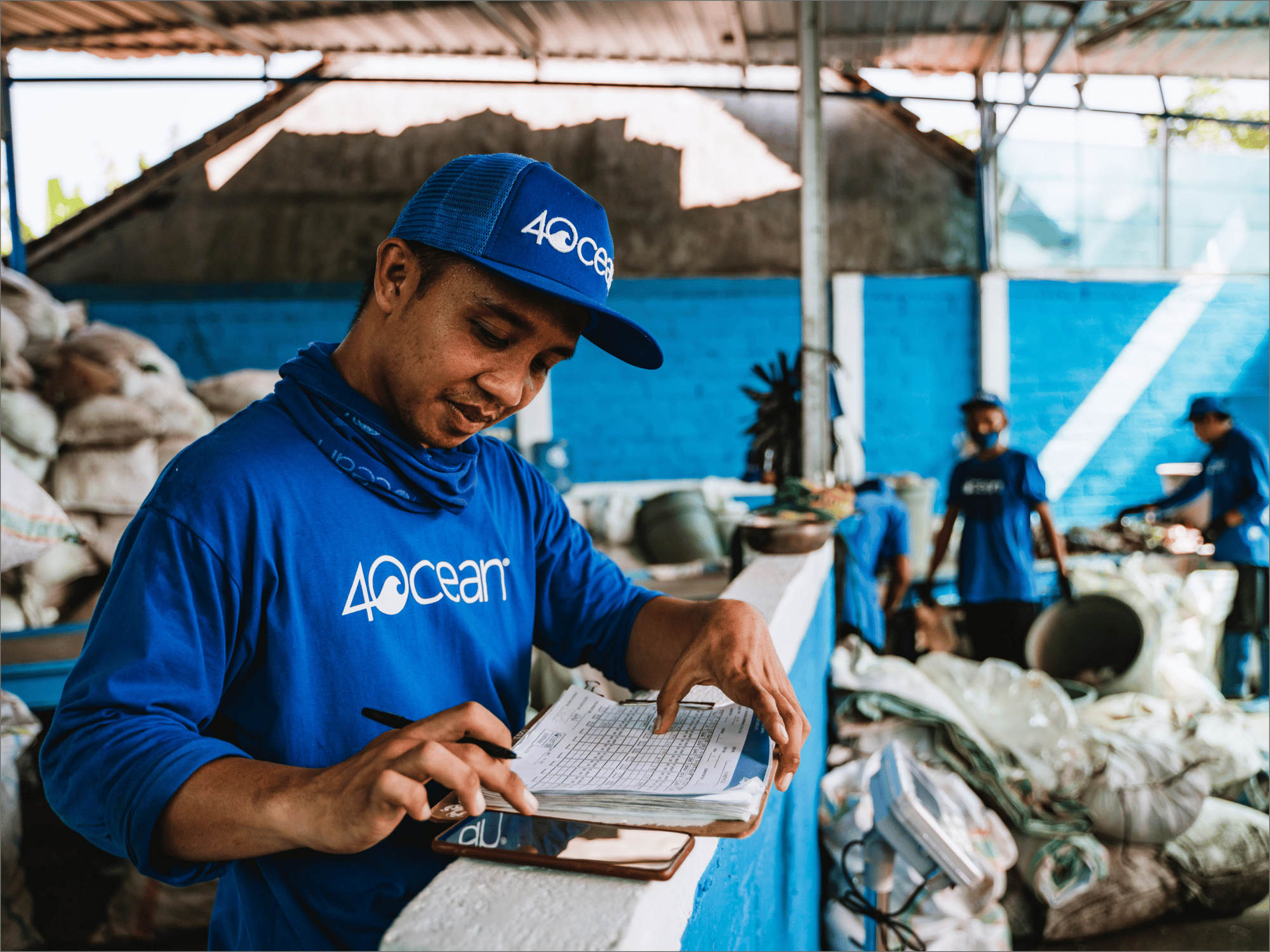
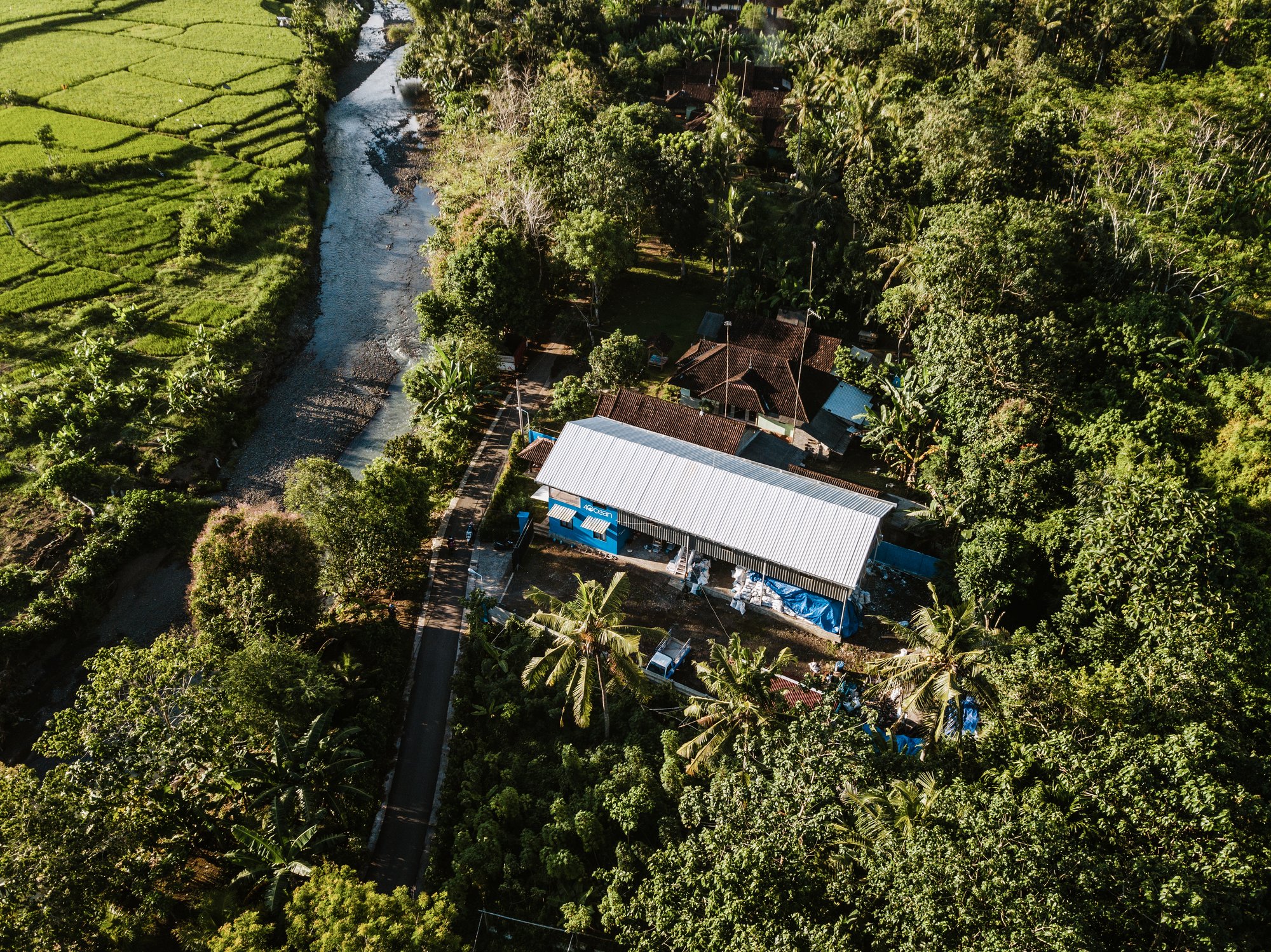
Just how much is 42 million lbs of trash?
1,970,000,000 Water Bottles
You could cover Central Park 2x
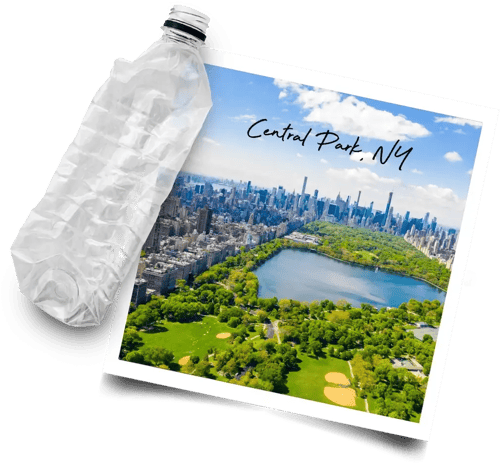
Annual Impact Opportunity

Forecasted Removal Capacity
The Foundation is on track to remove 4.7 million pounds of plastic pollution per year through philanthropy and has created an immediate scale plan to pull much more.
How We Power Our Forecast
Projection modeled from our Bali pilot program results in early 2025 and current impact data across onshore, river interception, nearshore, and offshore operations
What this Means
Donor support translates directly into more crews on the ground and more days on the water, increasing the volume we can remove and the habitats we can protect
Your Support in Action
What We Measure
- Pounds of plastic removed by location and operation type
- Number of cleanup days, crew hours, and vessels deployed
- River interception efficiency and rainy season surge response
- Wildlife risk reduction indicators and hotspot remediation progress
Transparency You Can Trust
We publish verified impact data, location updates, and operation summaries so supporters can see when, where, and how their donations drive results. Each report links activity to outcomes, with photo and video documentation wherever possible.
Tiny Plastics.
Massive Danger.
Every minute, plastics flood our ocean. Global plastic output has skyrocketed from 2 million tonnes in 1950 to 475 million tonnes in 2022 and is projected to nearly triple again by 2060. Already, more than 8 billion tonnes of plastic waste pollute our planet, with less than 10% ever recycled. Each discarded piece can fragment into millions of toxic microplastics that infiltrate marine life, disrupt ecosystems, and even enter our blood, lungs, and food.
Plastics are now recognized as a grave danger to human and planetary health, costing more than $1.5 trillion in health-related losses every year. By removing plastic from the ocean, rivers, and coastlines now, we prevent this dangerous breakdown, reduce toxic exposures, and protect everything we love about the ocean. The time to act isn’t tomorrow - it’s today.
The Lancet Countdown on health and plastics (August 3, 2025)
How Many Pieces Can One Plastic Bottle Become?
A single 500 mL water bottle (about 7 grams of plastic) can eventually break into:
-
Thousands of pieces if it only splits into millimeter-sized bits
-
Billions if it breaks down to tiny micron-sized fragments
-
Trillions if it erodes all the way into nanoplastics
In reality, bottles in the ocean fragment into a mix of sizes - so the true count skews high, creating billions or more harmful particles over time.
Ways To Get Involved
Donate to expand crews and vessels across onshore, river booms, nearshore, and offshore programs
Sponsor a specific geography or a specific operation type, to help accelerate our mission
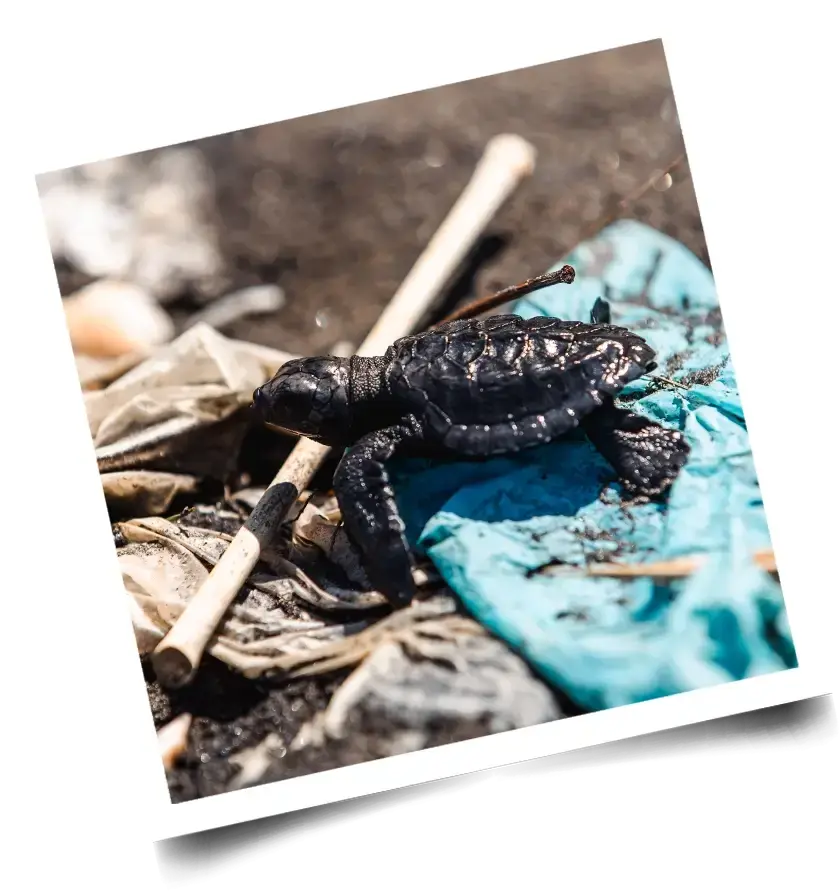
Your Support Makes A Difference
4ocean Foundation is a 501(c)(3) non-profit organization. (EIN 88-2694307) Donations and contributions are tax-deductible as allowed by law. Learn about other payment information.
.png?width=6758&height=2291&name=Copy%20of%204O_Foundation_Logo_Stacked_White(1).png)